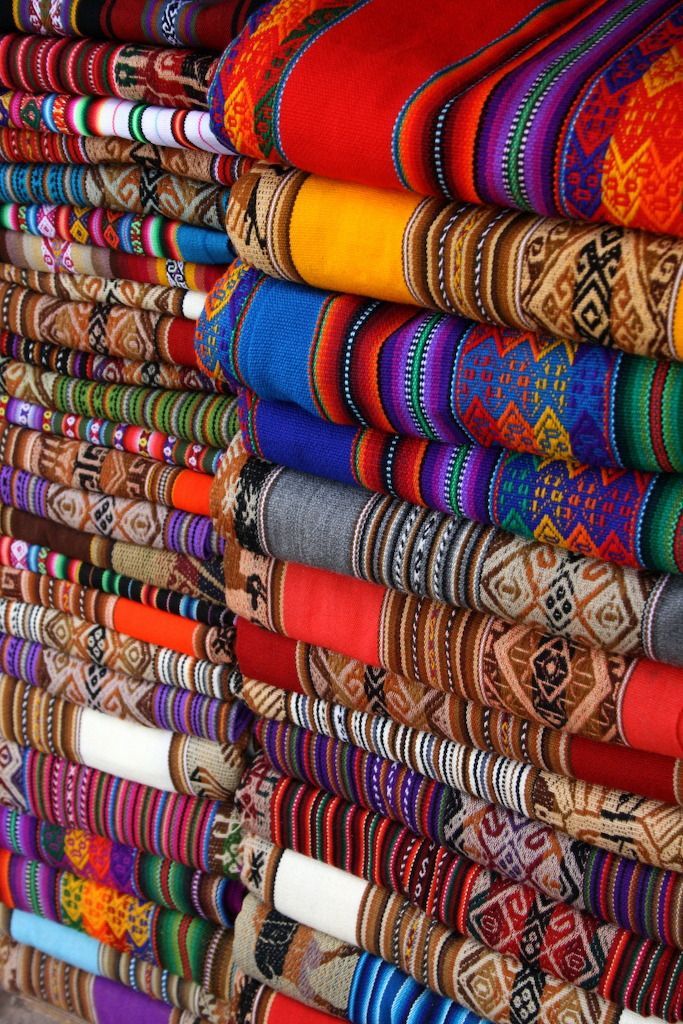Introduction:
Nestled in the culturally rich region of Kutch, Gujarat, lies a treasure trove of textile artistry that has captivated hearts and minds for generations. From vibrant embroideries to intricate weaves, Kutchi artisans have mastered a myriad of techniques to adorn fabrics with beauty and elegance. In this blog, we delve into the enchanting world of Kutchi textile works, exploring the various types that grace fabrics with their timeless charm.
1. Embroidery:
Kutchi embroidery is renowned for its intricate designs, vibrant colors, and meticulous craftsmanship. One of the most iconic styles is the Sindhi embroidery, characterized by its elaborate mirror work, intricate stitch patterns, and vibrant threadwork. Other notable forms of embroidery include Rabari embroidery, known for its geometric motifs and chain stitch, and Ahir embroidery, which features bold colors and intricate patterns inspired by nature and folklore.
2. Mirror Work:
Mirror work, also known as shisha embroidery, is a hallmark of Kutchi textile artistry. This ancient technique involves the use of small pieces of mirror, typically circular or diamond-shaped, which are meticulously stitched onto fabric to create stunning reflective patterns. Mirror work is often combined with other embroidery styles, adding a touch of sparkle and elegance to garments, accessories, and home decor items.
3. Bandhani (Tie-Dye):
Bandhani, or tie-dye, is a traditional technique that involves the tying and dyeing of fabric to create intricate patterns and designs. Kutch is renowned for its vibrant Bandhani textiles, which feature a dazzling array of colors and patterns ranging from delicate dots to elaborate motifs. Skilled artisans use techniques such as ekdali (single knot) and trikunti (three knots) to create unique patterns, resulting in garments that are both visually stunning and culturally significant.
4. Appliqué Work:
Appliqué work is a technique where pieces of fabric are cut and stitched onto a base fabric to create decorative designs and motifs. In Kutch, appliqué work is often seen in the form of patchwork quilts, wall hangings, and garments adorned with intricate appliqué designs inspired by nature, mythology, and everyday life. This versatile technique allows artisans to showcase their creativity and skill, resulting in vibrant and eye-catching works of art.
5. Hand Block Printing:
Hand block printing, or ajrakh printing, is a traditional printing technique that dates back centuries. Artisans carve intricate designs onto wooden blocks, which are then dipped in natural dyes and stamped onto fabric to create beautiful patterns. Kutchi hand block prints are characterized by their bold geometric motifs, intricate borders, and rich colors, making them a popular choice for sarees, dupattas, and dress materials.
Conclusion:
From the intricate embroidery of Sindhi artisans to the vibrant Bandhani textiles of Kutch, the region's textile heritage is a testament to the skill, creativity, and cultural richness of its people. Whether it's the shimmering mirror work, the dazzling colors of tie-dye, or the intricate patterns of hand block prints, each type of Kutchi textile work tells a story of tradition, craftsmanship, and timeless beauty. As we celebrate these exquisite art forms, let us also honor the artisans who keep these traditions alive, ensuring that the legacy of Kutchi textile works continues to inspire and enchant generations to come.

